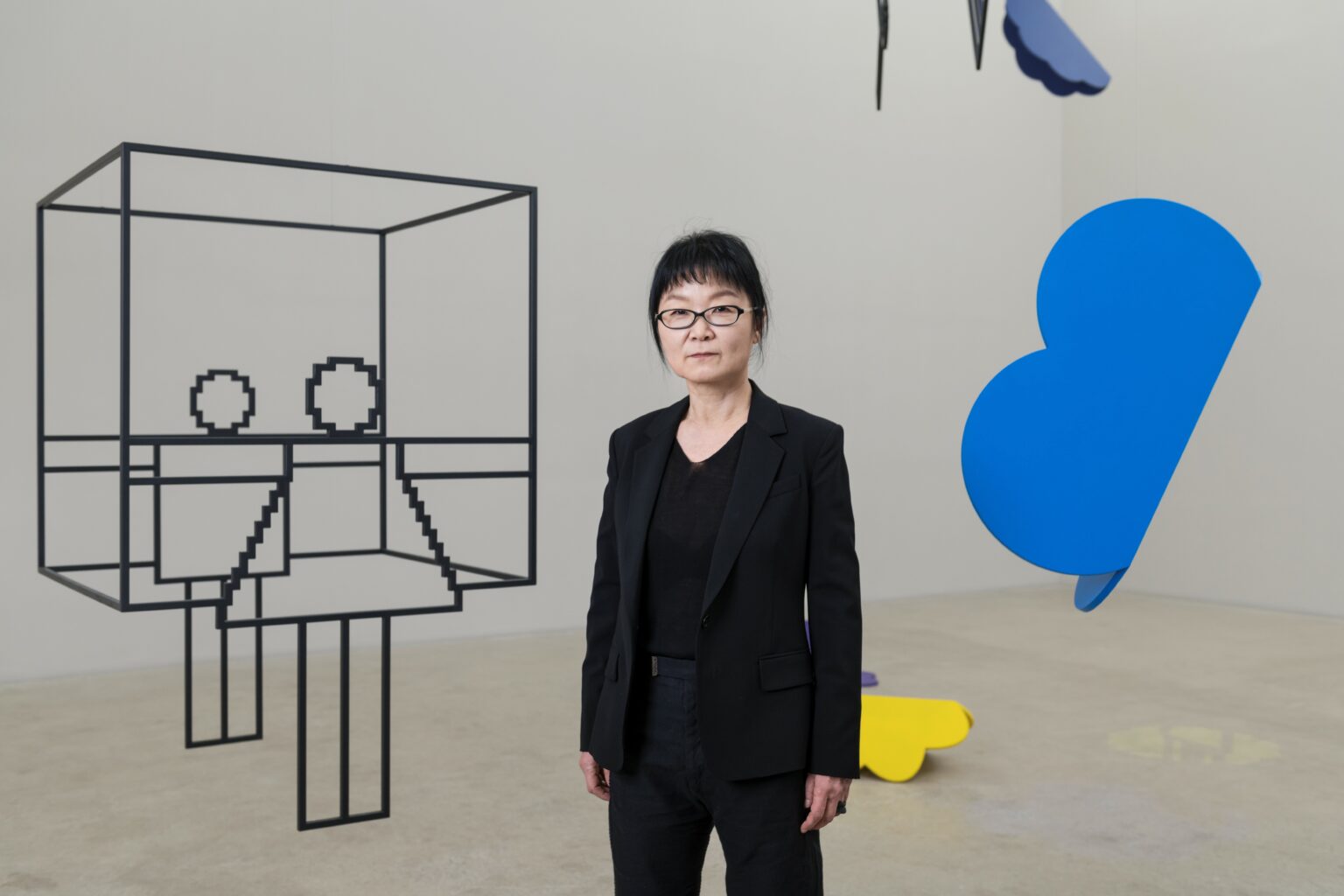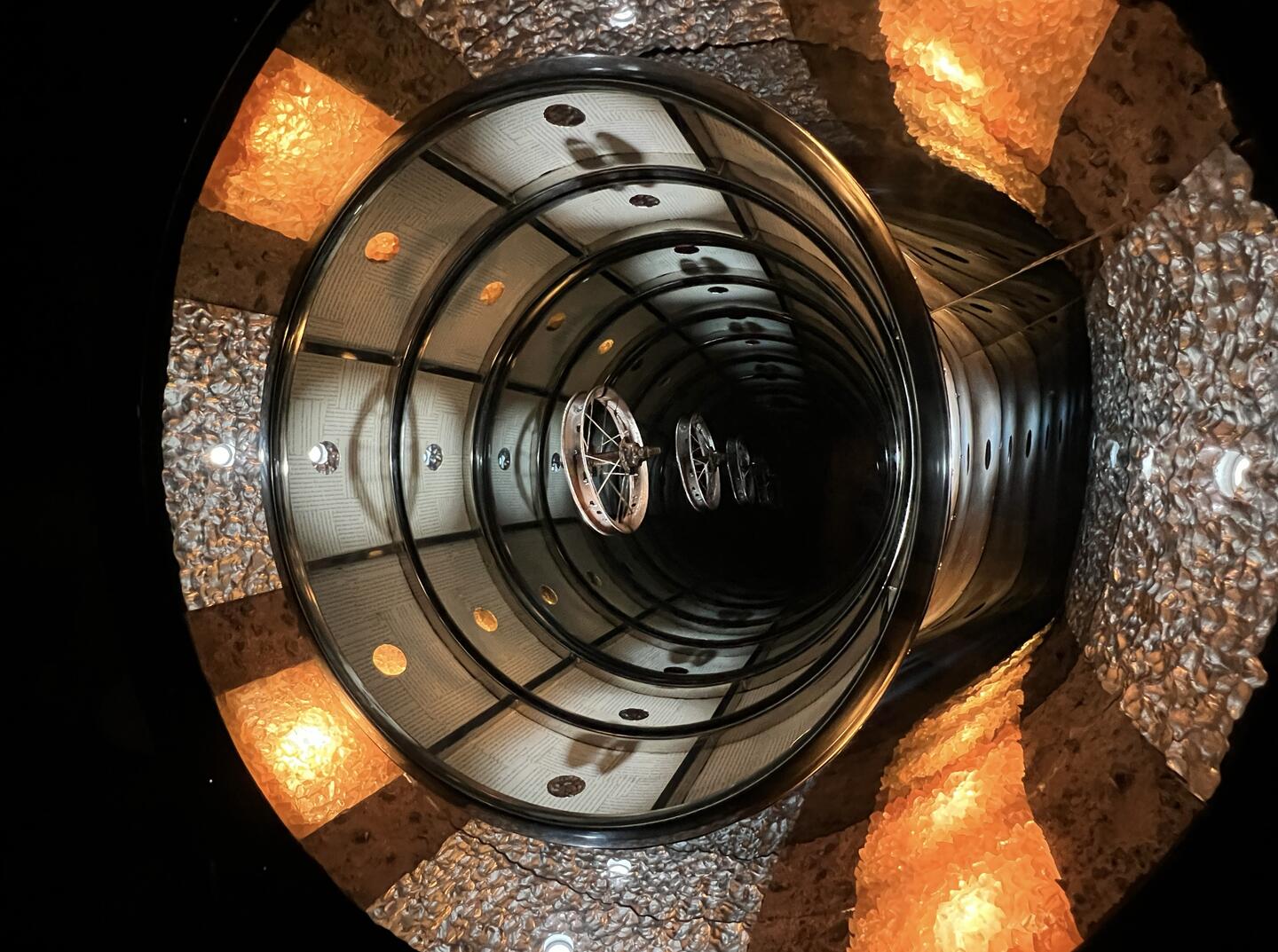The result of the inaugural Tokyo Gendai received mixed reviews. Interest in contemporary artists is crucial for the development of the contemporary art market, but Japan has yet to create such an environment. Similarly, in South Korea, which faces a similar situation, Kiaf SEOUL will be held from September 6th. It will be worth watching how Kiaf SEOUL will present itself as an international art fair this year.
 Interior view of Tokyo Gendai, 2023. Courtesy of Tokyo Gendai.
Interior view of Tokyo Gendai, 2023. Courtesy of Tokyo Gendai.Since the 1980s, the expression “the lost decades” has frequently been used to refer to Japan’s economic stagnation following the bursting of the bubble economy. However, despite experiencing a long-term economic slowdown, Japan remains a major economic power with the third-largest nominal gross domestic product (GDP) in the world.
Japan’s art market is not exactly small either. Japan’s Art Market Report released “The Japanese Art Industry Market Research Survey,” which estimated the Japanese art market size (including antiques, Western paintings, sculpture, and contemporary art) to be 278 billion Japanese yen (approximately $2.3 billion) in 2021.
Given the size of the Japanese art market, one might expect to see several international art fairs. But the reality is quite the opposite. On July 6, the inaugural Tokyo Gendai (現代), an international art fair, took place. It was the first international art fair to be held in Japan in 30 years since the Nippon International Contemporary Art Fair (NICAF), which was held between 1992 and 1995.
 Interior view of Tokyo Gendai, 2023. Courtesy of Tokyo Gendai.
Interior view of Tokyo Gendai, 2023. Courtesy of Tokyo Gendai.Tokyo Gendai received significant attention from the Japanese and global art communities as it marked the return of an international art fair to Japan after a long hiatus. This fair, jointly founded by Art Assembly, an organization that hosts art fairs across the Asia-Pacific region, was met with particularly high expectations.
Art Assembly’s Magnus Renfrew expanded Art Hong Kong, which he founded in 2007 and sold to Art Basel, the world’s most prestigious art fair, in 2011. Furthermore, Art Assembly organized the Dangdai Art Fair in Taiwan in 2019 and launched Art SG in Singapore in January of this year. Art Assembly also hosts art fairs in India, Sydney, and Shanghai.
Tokyo Gendai also received support from the Japanese government. While Hong Kong remains a dominant art market hub, in recent years, several Asian countries, including Korea, Singapore, and Taiwan, have emerged as competitors for the central position in the Asian art market. Additionally, the Japanese government has participated in this competition. For the first time, the Japanese government approved duty-free treatment for this year’s Tokyo Gendai. This benefit allows overseas galleries to defer the payment of the 10% consumption tax imposed when importing artworks into Japan until the sale is finalized.
 Installation view of Tang Contemporary Art’s booth at Tokyo Gendai, 2023. Courtesy of Tokyo Gendai.
Installation view of Tang Contemporary Art’s booth at Tokyo Gendai, 2023. Courtesy of Tokyo Gendai.Tokyo Gendai, held with high expectations, announced that a total of 20,907 visitors, including prominent collectors, museum directors, curators, and sponsors from 34 countries, attended various programs during the fair.
However, Tokyo Gendai received mixed reviews, with many feeling it fell short of expectations. This year’s Tokyo Gendai took place in Yokohama, located about an hour’s drive from central Tokyo, and was held in the midst of the summer season, which presented unfavorable conditions.
The number of participating galleries in this fair was relatively small, with a total of 73. Global mega-galleries like Gagosian, Pace, David Zwirner, and Thaddaeus Ropac did not take part in this edition. It was also evident that there were not many major works available at the fair. According to Artnet News, the majority of the artworks sold at Tokyo Gendai were priced below $50,000, with none exceeding $500,000.
Additionally, numerous media outlets reported that 45% of the galleries participating in Tokyo Gendai were Japanese galleries showcasing works by Japanese artists. While there was significant attendance from customers across Asia, including China, Taiwan, and Korea, reports stated that the European and American presence was barely noticeable.
 Interior view of Tokyo Gendai, 2023. Courtesy of Tokyo Gendai.
Interior view of Tokyo Gendai, 2023. Courtesy of Tokyo Gendai.Japan’s economy ranks third globally, and the overall art market exceeds $2 billion. However, it can be observed that there is not a significant demand for contemporary art in the country, particularly when compared to countries like the United States and China, where the contemporary art market is substantially larger. These economic powerhouses dominate the global art market, competing for the top two positions.
Until the 1980s, Japanese collectors primarily focused on collecting European and late Impressionist artworks. However, the preference of Japanese collectors, who remained fixated on European Impressionist and Post-Impressionist works, did not evolve in a different direction as Japan’s economic downturn occurred in the 1990s.
Japan has many outstanding contemporary artists, but the interest of Japanese collectors has remained centered on Impressionism and traditional art, hindering the multidimensional development of contemporary art in Japan. In an interview with Artnet, Takeo Obayashi, a construction businessman and the president of the Aichi Triennale, lamented, “There are many collectors in Japan, but unfortunately, they haven’t seen many of the great artists whose works are spotlighted in global museums.”
 Kiaf 2022. Photo by Kiaf Operating Committee. Courtesy of Kiaf.
Kiaf 2022. Photo by Kiaf Operating Committee. Courtesy of Kiaf.The same holds true for South Korea. While interest in contemporary art among the younger generation is growing, their focus tends to remain on works by well-known blue-chip artists. However, for the Korean art market to grow properly, it is crucial to foster interest in and ensure the systematic growth of the next generation of artists.
A strong emphasis on young artists is essential to sustain the continuous development and vitality of the contemporary art market. The art market can steadily progress when there is a platform that captures the new artistic trends created by the next generation of artists and nurtures their growth.
The upcoming Kiaf SEOUL will be held from September 6. Building on the experience of last year’s co-hosting with Frieze Seoul, there is a sense of anticipation regarding what the international art fair will present this year.

























